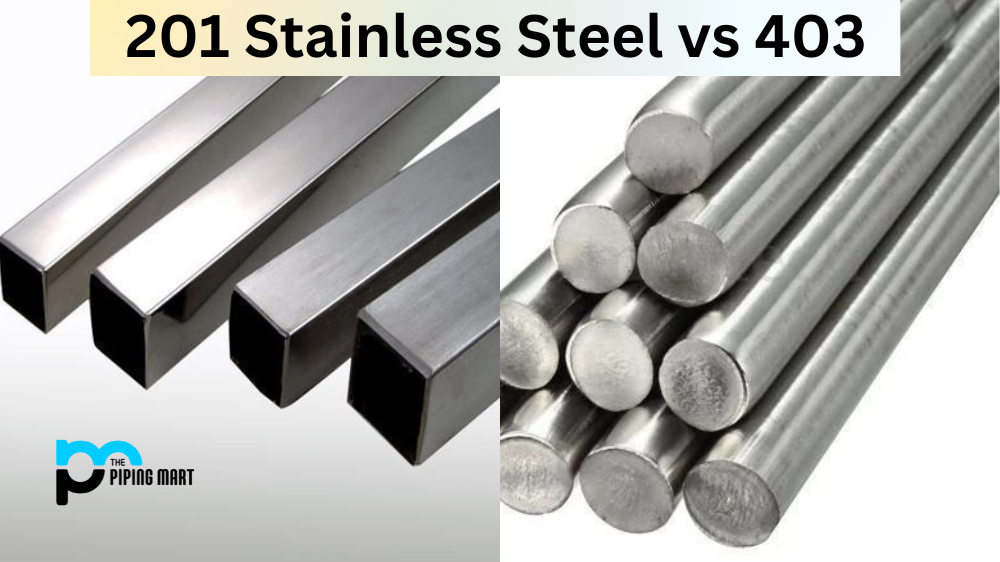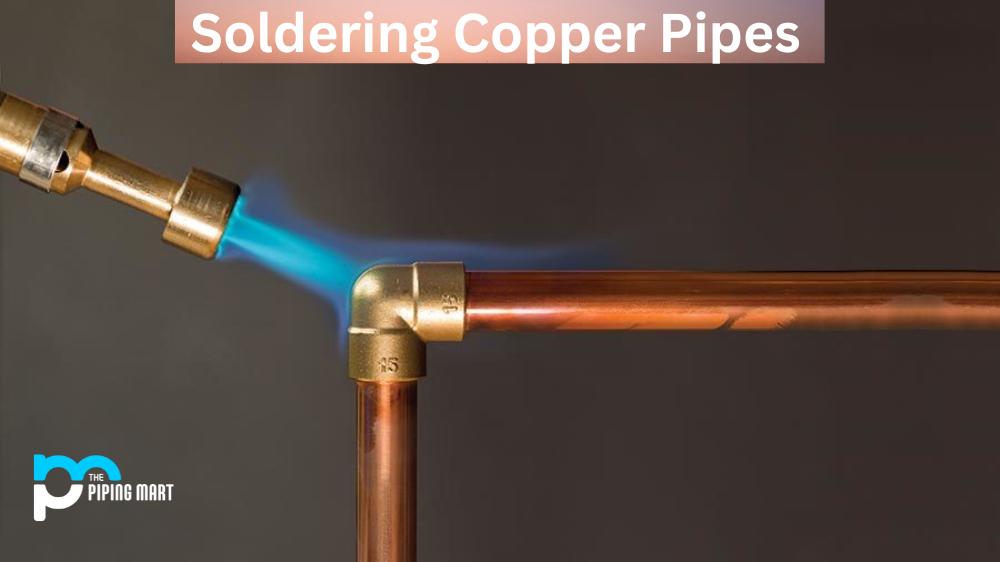Choosing the right type of steel can be a daunting task in metal fabrication, especially with the numerous options available. The vast selection of stainless steel grades, in particular, can make it difficult to determine the most suitable for a specific application. Two grades that often elicit confusion are 201 and 403 stainless steel. This post aims to highlight the key differences between the two while discussing their respective features and applications.
Difference Between 201 Stainless Steel and 403
Composition
In terms of composition, 201 and 403 stainless steel differ significantly. 201 steel is an austenitic alloy with 14% nickel, 0.15% carbon, and 7.5% manganese. This steel type is non-magnetic, highly malleable, and exhibits exceptional corrosion resistance. On the other hand, 403 steel is a martensitic alloy that comprises 13% chromium and 0.15% carbon. It is magnetic and tougher than 201 steel but exhibits lower corrosion resistance, making it unsuitable for applications that require excellent corrosive resistance properties.
Strength and Durability
Regarding strength and durability, 201 stainless steel is considered weaker than 403 steel. The structural integrity of this steel type may deteriorate over time and usage, causing it to be unsuitable for heavy-duty applications. By contrast, 403 steel, with its increased carbon content, exhibits extremely high strength, making it ideal for heavy-duty machine parts.
Weldability
Weldability is an essential consideration when selecting stainless steel grades. 201 steel possesses excellent weldability, making it easy to weld using various methods such as electric fusion welding, resistance welding, and gas tungsten arc welding. 403 steel, however, cannot be easily welded using standard welding procedures because of its tendency to crack, making it difficult to fabricate.
Applications
Both 201 and 403 stainless steels are commonly used in various applications in different industries. 201 steel is often used in household applications such as kitchen appliances, sinks, and cutlery due to its non-magnetic properties, high corrosion resistance, and ease of fabrication. 403 steel, on the other hand, is mostly used in the production of automotive parts, cutlery, and industrial components that require high strength and toughness.
Conclusion
Choosing the right type of stainless steel for an application is of utmost importance, as using the wrong steel grade can result in numerous issues that may lead to expensive repairs and replacements. This post discusses the differences between 201 and 403 stainless steel grades, outlining their unique features and applications. While both steel grades have advantages and disadvantages, knowing their differences will help you decide when to select the most suitable alloy for your project.
Meet Heer, a dynamic and driven writer learning tricks of her trade in the metal industry. With a background in Digital Marketing, Heer brings a unique perspective to her writing, sharing valuable insights. Apart from blogging she like reading and hiking.




